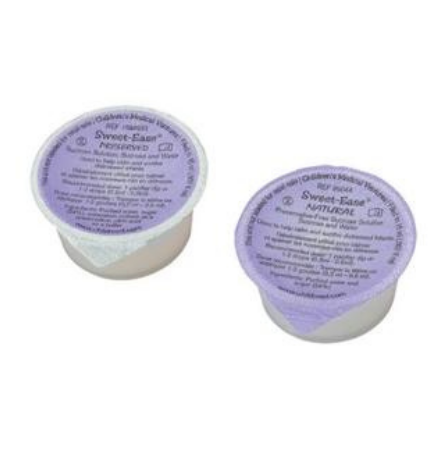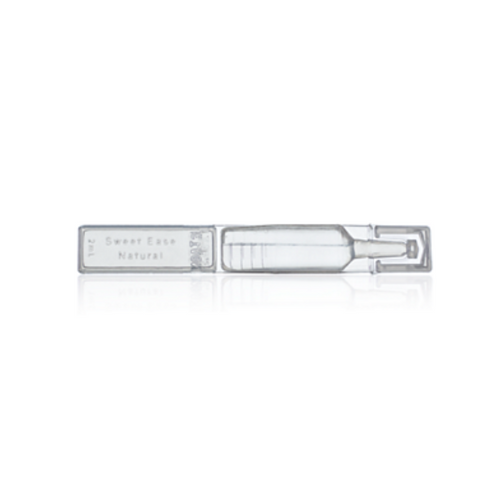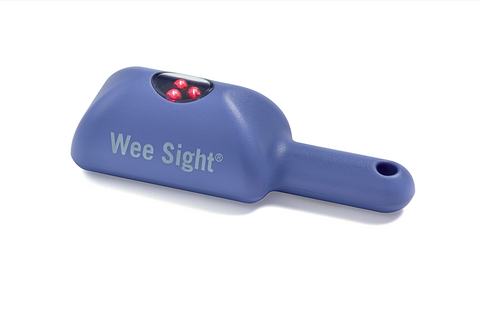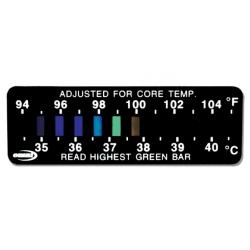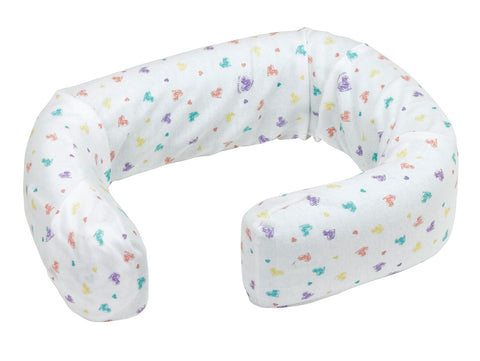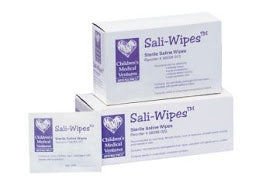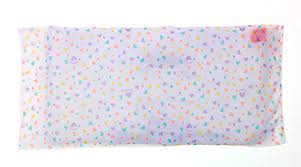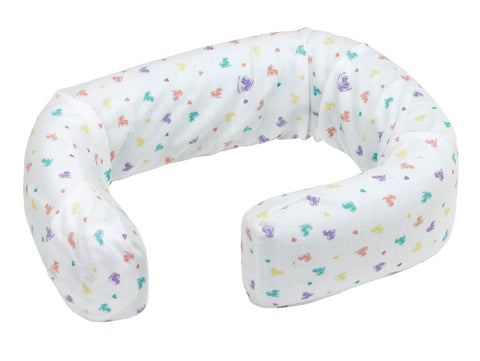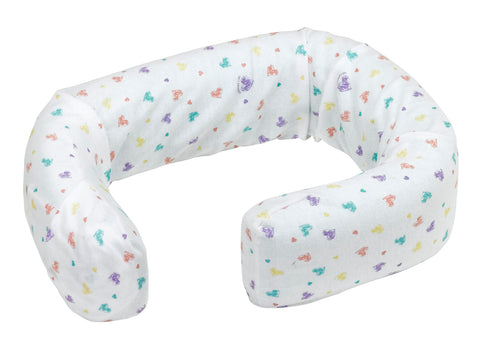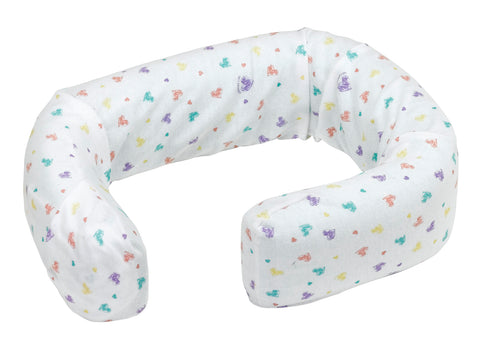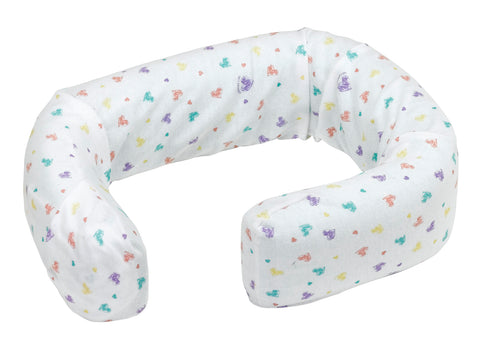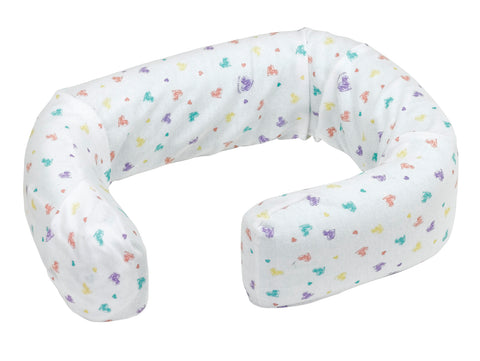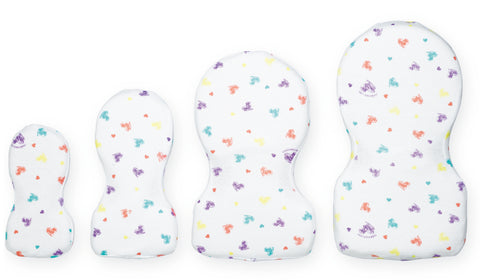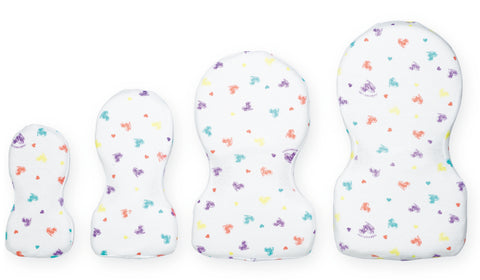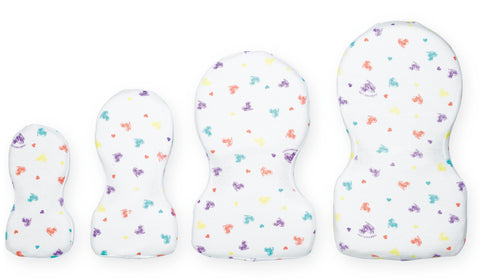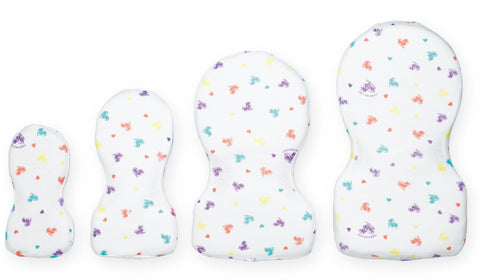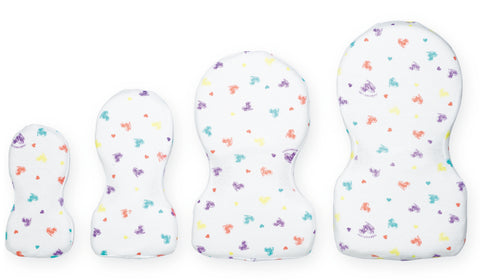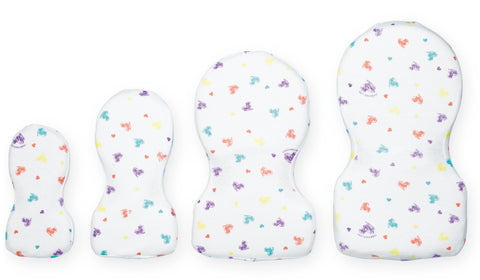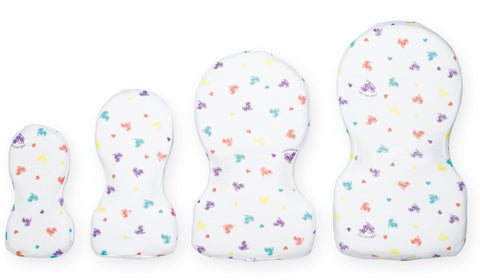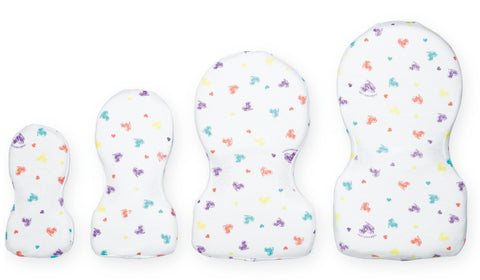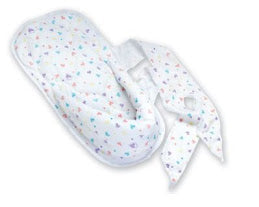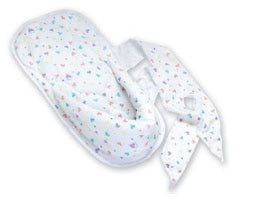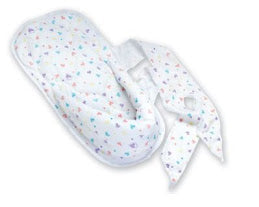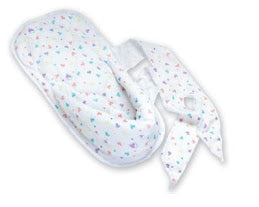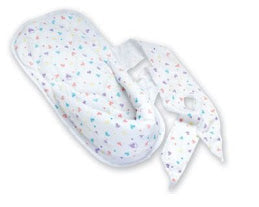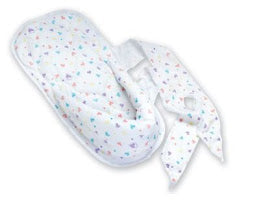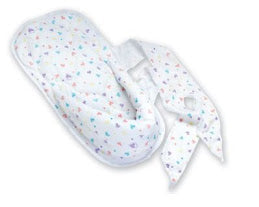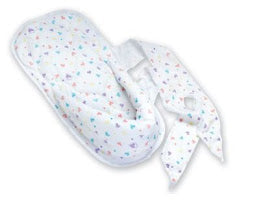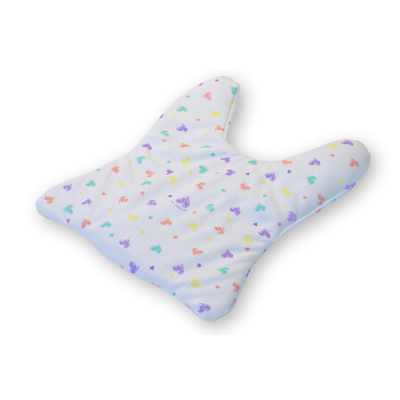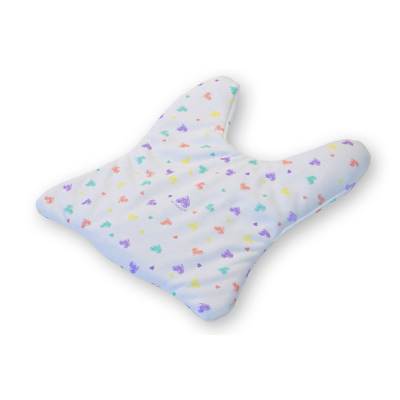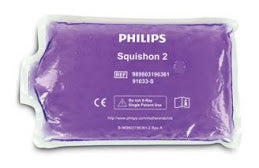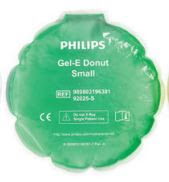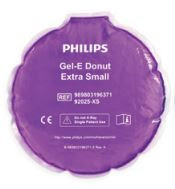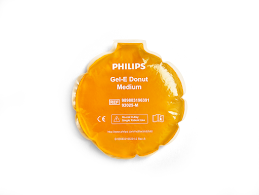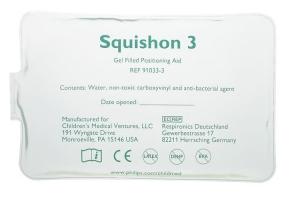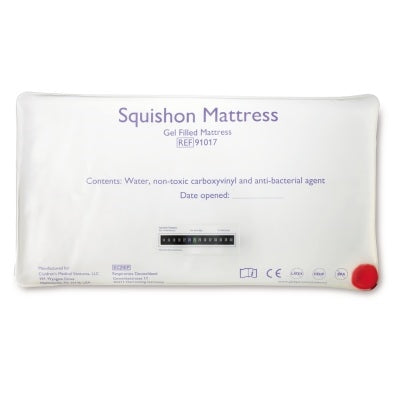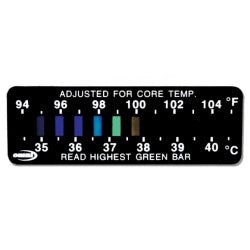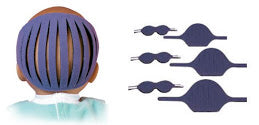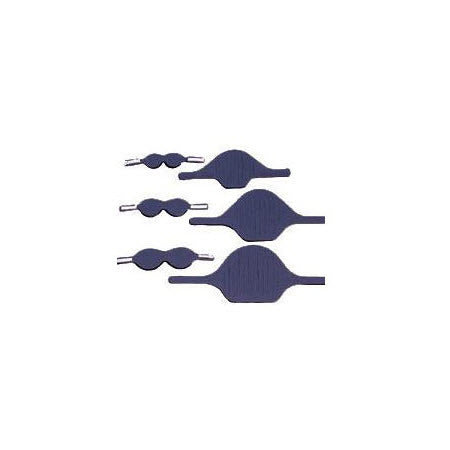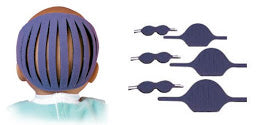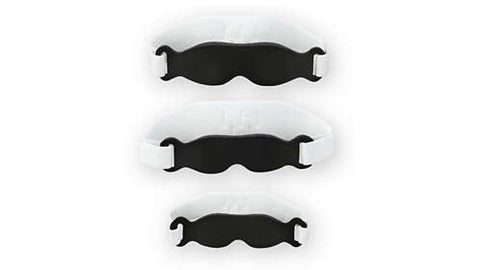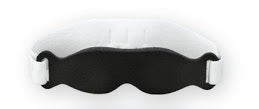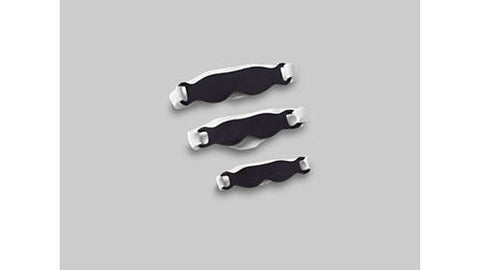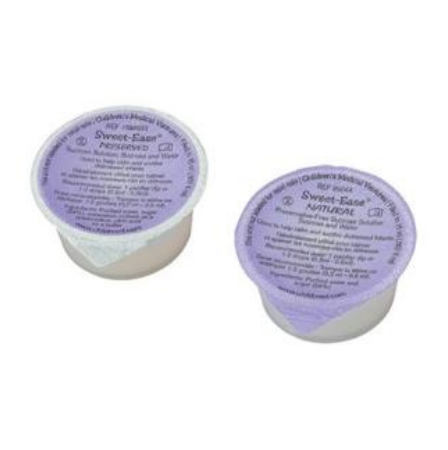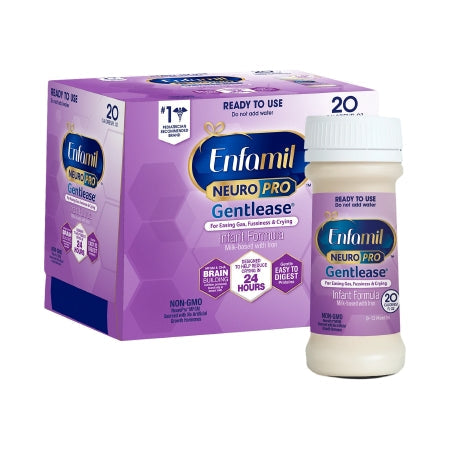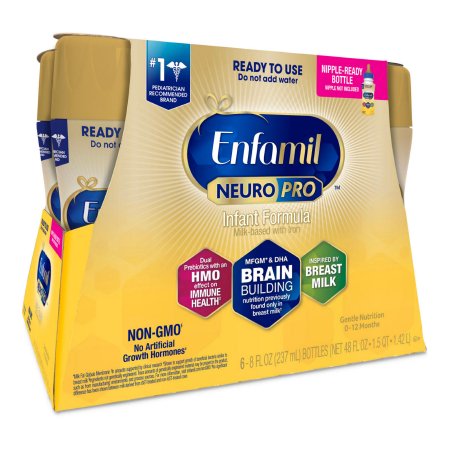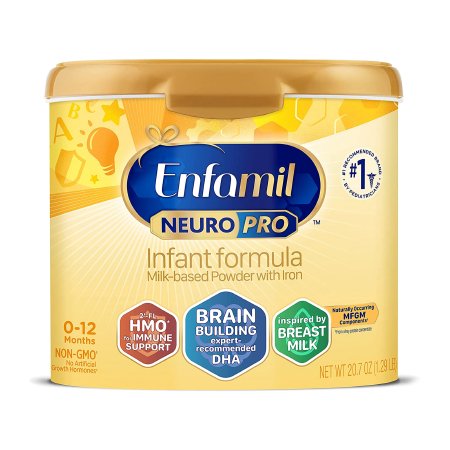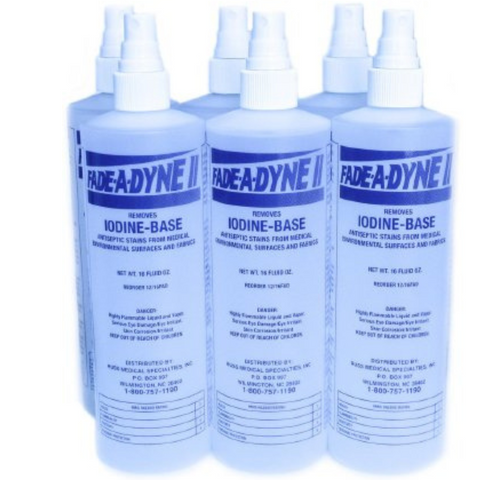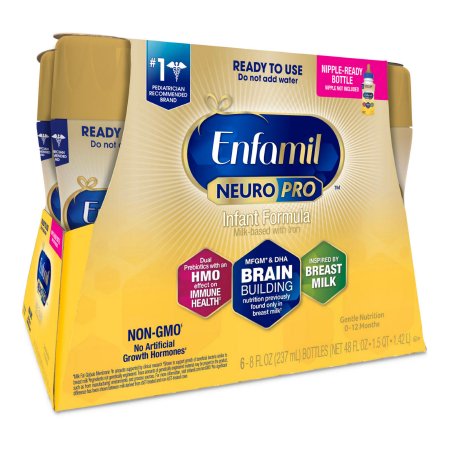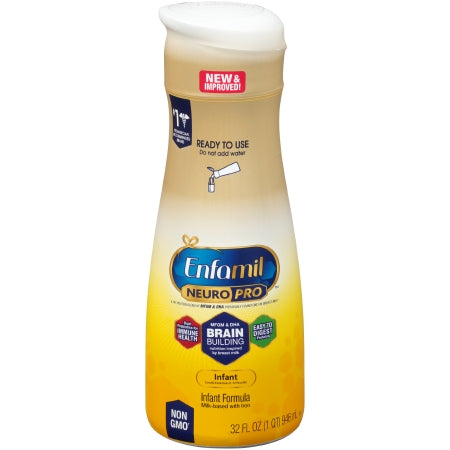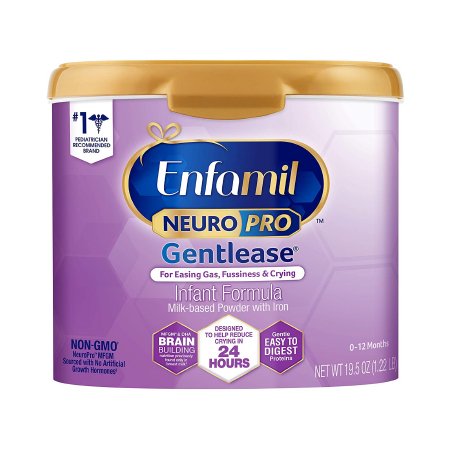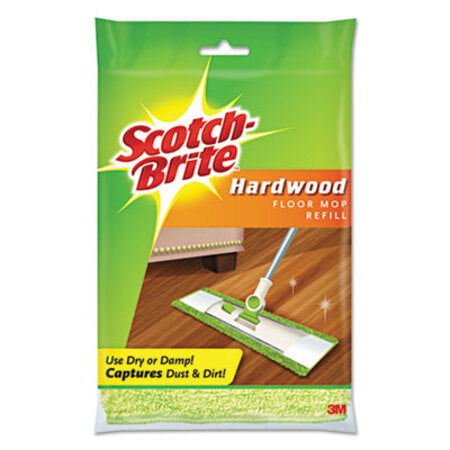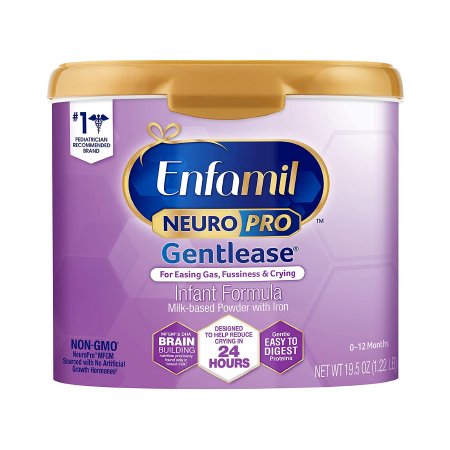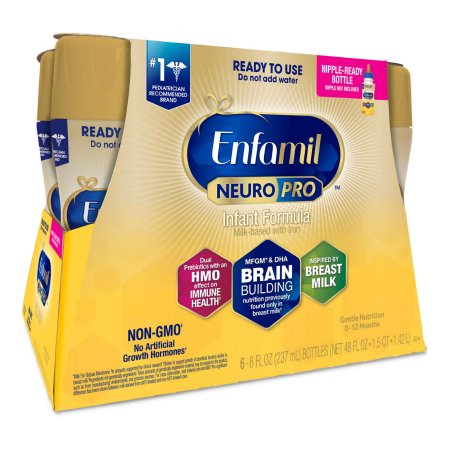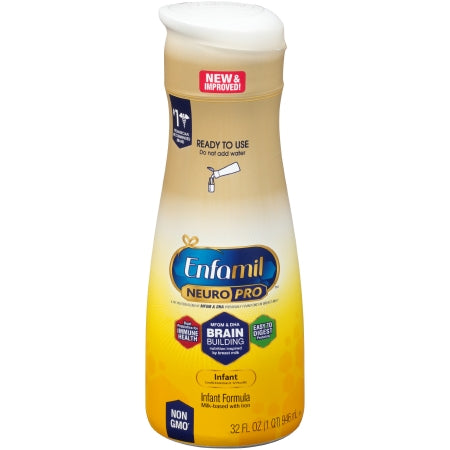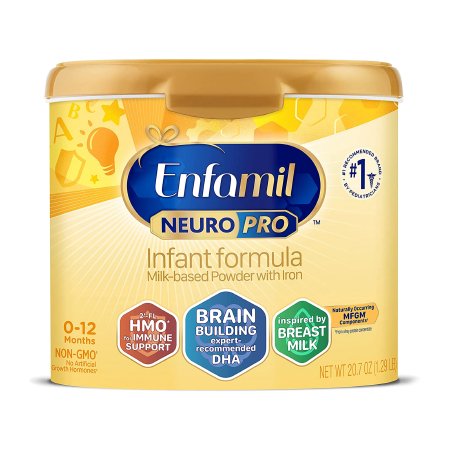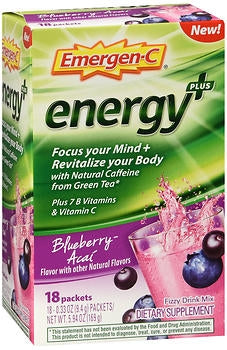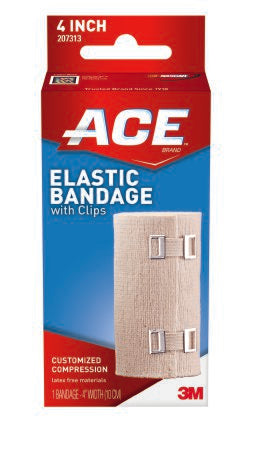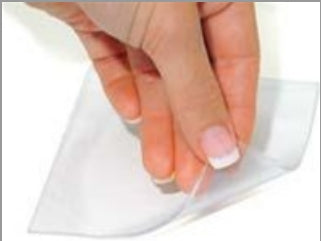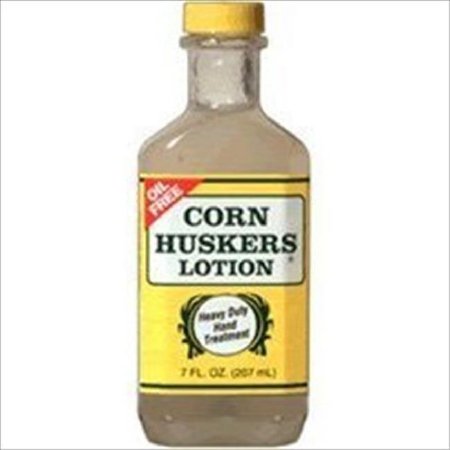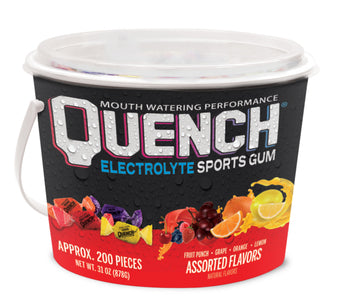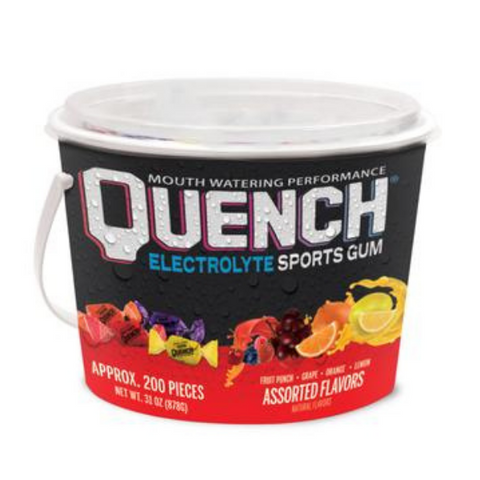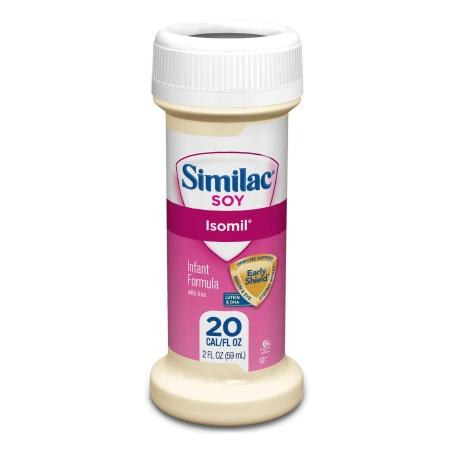Best Deals
Special Products
HRR STANDARD PSEUDOISOCHROMATIC TEST, 4TH EDITION
The HRR (Hardy Rand and Rittler) Standard Pseudoisochromatic Test, 4th Edition provides several very important features to provide the most advanced color vision test available: congenital and acquired testing, identification of the type of defect, and diagnosis of the extent of the defect as well as quick positive classification of normals. The HRR employs a sophisticated test strategy that virtually eliminates the potential for memorization and malingering. The figures used by the HRR Pseudoisochromatic Plates are independent of language and suitable for both adults and children.
The HRR Pseudoisochromatic Plate Test 4th Edition supports efficient color deficiency screening. The first four plates are used to show the patient how the test works. The fourth plate in this demonstration series has no figure and serves to potentially uncover attempts to memorize this test. The next six plates (screening series) present the most difficult protan, deutan, and tritan (red, green, yellow, and blue) targets. Success with these plates defines the subject as having ‘normal Color Vision,’ and completes the test. The subsequent 14 plates are the diagnostic series and provide diagnostic as to the extent (mild, medium, or strong) and type of defect (Protan, Deutan, Tritan).
730006
GOOD - LITE
test
16 In Stock
The HRR (Hardy Rand and Rittler) Standard Pseudoisochromatic Test, 4th Edition provides several very important features to provide the most advanced color vision test available: congenital and acquired testing, identification of the type of defect, and diagnosis of the extent of the defect as well as quick positive classification of normals. The HRR employs a sophisticated test strategy that virtually eliminates the potential for memorization and malingering. The figures used by the HRR Pseudoisochromatic Plates are independent of language and suitable for both adults and children.
The HRR Pseudoisochromatic Plate Test 4th Edition supports efficient color deficiency screening. The first four plates are used to show the patient how the test works. The fourth plate in this demonstration series has no figure and serves to potentially uncover attempts to memorize this test. The next six plates (screening series) present the most difficult protan, deutan, and tritan (red, green, yellow, and blue) targets. Success with these plates defines the subject as having ‘normal Color Vision,’ and completes the test. The subsequent 14 plates are the diagnostic series and provide diagnostic as to the extent (mild, medium, or strong) and type of defect (Protan, Deutan, Tritan).

